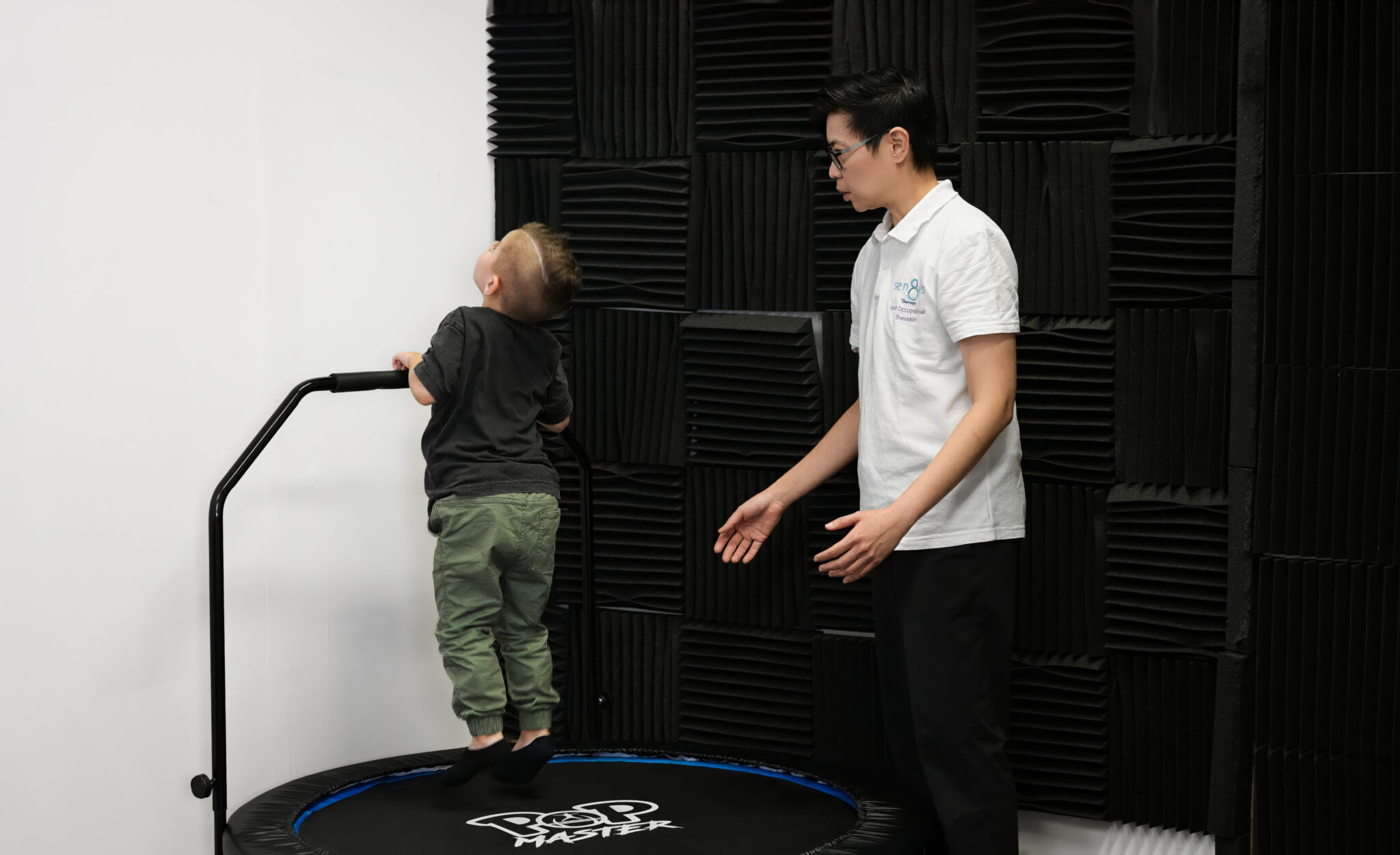My Child Loves to Jump, Bump, and Crash!
A Guide for Parents
It’s not unusual for children to have boundless energy and a fascination with physical play. However, if your child seems to thrive on jumping, bumping, and crashing into things, they may be seeking proprioceptive input—a crucial aspect of their sensory development.
If you’re in need of help, don’t hesitate to reach out to us through the button below.

